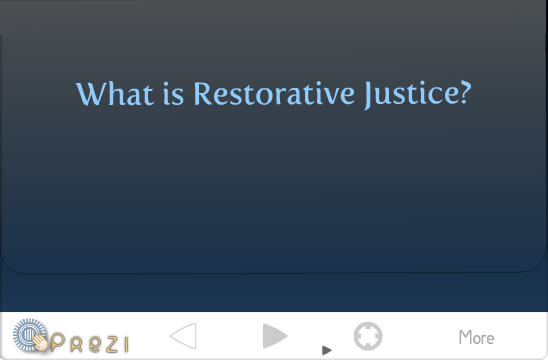Nowadays, mediation and community service seem to respond to four major tendencies: (1) The reassessment of the victim’s position, (2) the need for correct legal guarantees for juvenile offenders, (3) the search for educative reactions towards the delinquent, and (4) the avoidance of overburdening the penal system. Therefore, systematic research has to answer the following questions: (1) Does the practice conform to what has been conceived theoretically? (2) Are the legal guarantees fulfilled? (3) Is the position of the victims really better? (4) Do mediation and community service result in the advertised educative effects? (5) Are these models really used to replace the traditional intervention schedules? The real impact of these models has to be seen as a base for the development of a more global restorative justice paradigm.
Source: Vanspauwen, K., Robert, L., Aertsen, I., Parmentier, S. (2003), Restorative Justice and Restorative Detention. A selected and annotated bibliography. Katholieke Universiteit Leuven, Faculteit Rechtsgeleerdheid, Onderzoeksgroep Penologie en Victimologie.








No comments